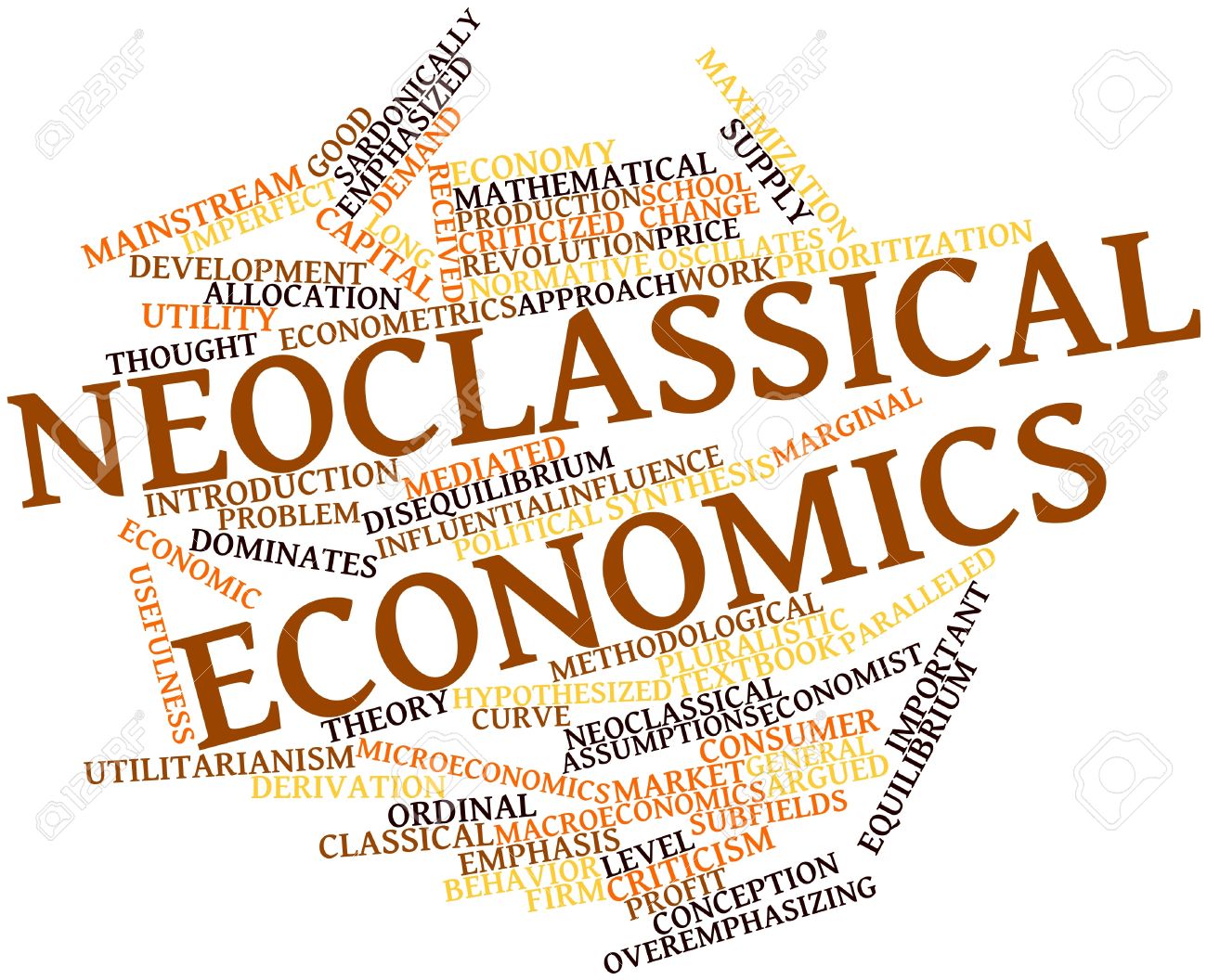By Stella Tsianta,
In the 21st century, all industrially-developed nations in the world have become countries of migration and immigration. Some of them, the so-called “traditional receiving nations”, such as the US or Canada, have a long history of legislation addressing these issues, while others, the “newer countries of migration”, are still searching for the proper legislation and political mechanisms. Whatever a country’s specific history, it is clear that many changes in the formulation of policies will occur. For these changes to be formulated correctly, it is of great importance to understand the social and economic forces responsible for the phenomenon under consideration. Most governmental institutions, policymakers, and citizens in developed countries think they have acquired all the necessary information behind the reasons for migration, and why foreigners seek to enter their nations. Working in developed nations is expected to create a positive financial balance for the migrants. This is one of the main reasons why people choose to emigrate, thus inflating the rates of population movement between developed and developing countries. In practice, reality has proven a lot more complicated.
A lot of social scientists, historically, have tried to provide nations with the much important answers as to why people emigrate. One of the six theories Massey et al. proposed, as an explanation for the emergence and persistence of international migration in the contemporary world, is the neoclassical economics theory (Todaro 1976). These social scientists concluded that international migration originates in the social, economic, and political transformations that accompany the expansion of capitalist markets into non-market or premarket societies. The globalization of the economy and the entry of capital-intensive productions have disrupted existing social and economic structures, creating a population of constantly moving wage workers actively searching for new ways of achieving economic sustenance. International migration does not stem from a lack of economic development, but from the development itself.

According to the theory of neoclassical economics, people uproot from their traditional livelihood in order to ensure their economic nourishment and well-being by selling their services on emerging national and international labor markets. This results in many people migrating from rural areas to urban areas, where it is a known fact that wages are higher. Wages in industrialized countries are, of course, even greater. This major difference prompts people into offering their services in international labor markets and moving abroad for work. A household, by allocating its members to different labor markets in multiple geographic regions —rural, urban, and foreign—, can diversify its labor portfolio, reduce risks to income, and accumulate savings to better self-financing production and consumption.
Though higher wages may be one of the reasons for international migration, direct empirical contrasts between neoclassical economics and the new economics of labor migration have shown that propositions associated with the new economics have proven to be more powerful in explaining the migration behavior of individuals and households. Failures in capital, credit, futures, and insurance markets —key factors hypothesized by the new economics of labor migration— create more powerful motivations for movement. In addition, while “poor” countries, due to their lack of development, result in a high-population movement by seeking money in other countries, according to other theories (labor market theory, world theory), conclude that migration is promoted and generated by these same developed countries to lead capital and wealth to their center (creating global cities), with a demand for low-wage foreign workers. For further research purposes, some of the other theories suggested by sociologist Massey D. et al. are the new economics of labor migration (Stark 1991), segmented labor market theory (Piore 1979), world-systems theory (Sassen 1988), social capital theory (Massey, Goldring, and Durand 1994), and the theory of cumulative causation (Massey 1990).
References
- Douglas S. Massey, The Political Economy of Migration in an Era of Globalization, in International Migration and Human Rights: The Global Repercussions of U.S. Policy, Berkeley: University of California Press, 2009




